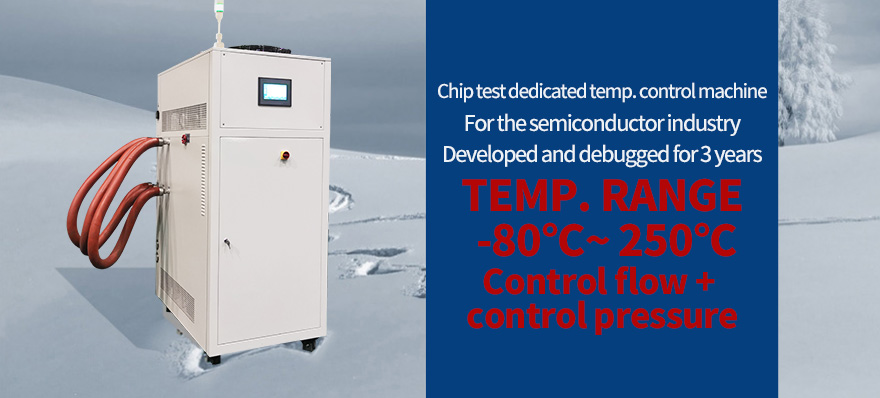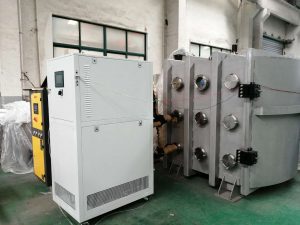Istruzioni per il test dei componenti delle società di ispezione dei trucioli
With the continuous development of the component testing industry, chip testing companies have sprung up, and LNEYA has also introduced component testing equipment for chip testing.
The test vector of the chip inspection company is stored in the vector memory, and each row of individual vectors represents the original data of a single test cycle. The data input from the vector memory is combined with the timing, waveform format, and voltage data, and applied to the device under test through the IC circuit. The output of the device under test is compared to the data stored in the vector memory by the comparison circuit at the appropriate sampling time. This type of testing is called a storage response. In addition to the input and output data of the device under test, the test vector may also contain some operational instructions of the test system. For example, it is necessary to include timing information, etc., because timing or waveform format, etc. may need to be switched in real time between cycles. The input driver may need to be turned on or off, and the output comparator may also need to selectively switch between cycles. Many test systems also support micro-ops such as jumps, loops, vector repeats, subroutines, and so on. Different testers may have different tester instructions, which is one of the reasons why vector conversion is required when transferring test programs from one test platform to another.
For more complex chips, the chip test company test vector is generally extracted from the simulation data in the chip design process. The simulation data needs to be rearranged to meet the format of the target test system, and some processing is required to ensure proper operation. In general, test vectors are not simply composed of millions of independent vectors. Test vectors or simulation data can be done by design engineers, test engineers or verification engineers, but to ensure successful vector generation, you must have a very comprehensive understanding of the chip itself and the test system. When the functional test is performed, the test system applies the input waveform to the device under test, and monitors the output data one pin at a time. If any of the output data does not meet the expected logic state, voltage or timing, the test result is recorded as an error.
The various test equipments introduced by the chip inspection company are more conducive to the development of the chip industry. Of course, users also need to choose reliable when they choose.

(This article source network, if there is infringement, please contact delete, thank you!)
Raccomandazioni correlate
-
Precautions for the use of LNEYA chillers in industrial processes
11781. Installation (check the machine for damage, choose the right location for installation and maintenance) 2. The location of the installation unit must be the floor, mounting mat or foundation, the level is within 6.4mm, and can withstand the wor...
Visualizza i dettagli -
New energy testing method and application case of temperature simulation thermostat
912LNEYA new energy vehicle battery high and low temperature cycle test is one of the most widely used equipment in modern vehicle battery testing. Lithium battery is one of the more common batteries. What should be paid attention to when using it? ...
Visualizza i dettagli -
The role of recirculating heaters in chemical and biological reaction instruments
774Temperature Control: The recirculating heater provides a precise and stable temperature control environment, which is a crucial factor in chemical and biological reactions. Different chemical reactions and biological processes have spec...
Visualizza i dettagli -
The Refrigeration Principle of the Glycol Refrigeration System
1110Sometimes the refrigerant carrier needs to reach the temperature below 0 C. If the ice is carrying the cook, it will freeze, so adding some anti-freezing liquid can avoid freezing, and glycol can prevent freezing. glycol chillers ,
Visualizza i dettagli
 Refrigeratori industriali LNEYA Produttore Fornitore
Refrigeratori industriali LNEYA Produttore Fornitore












